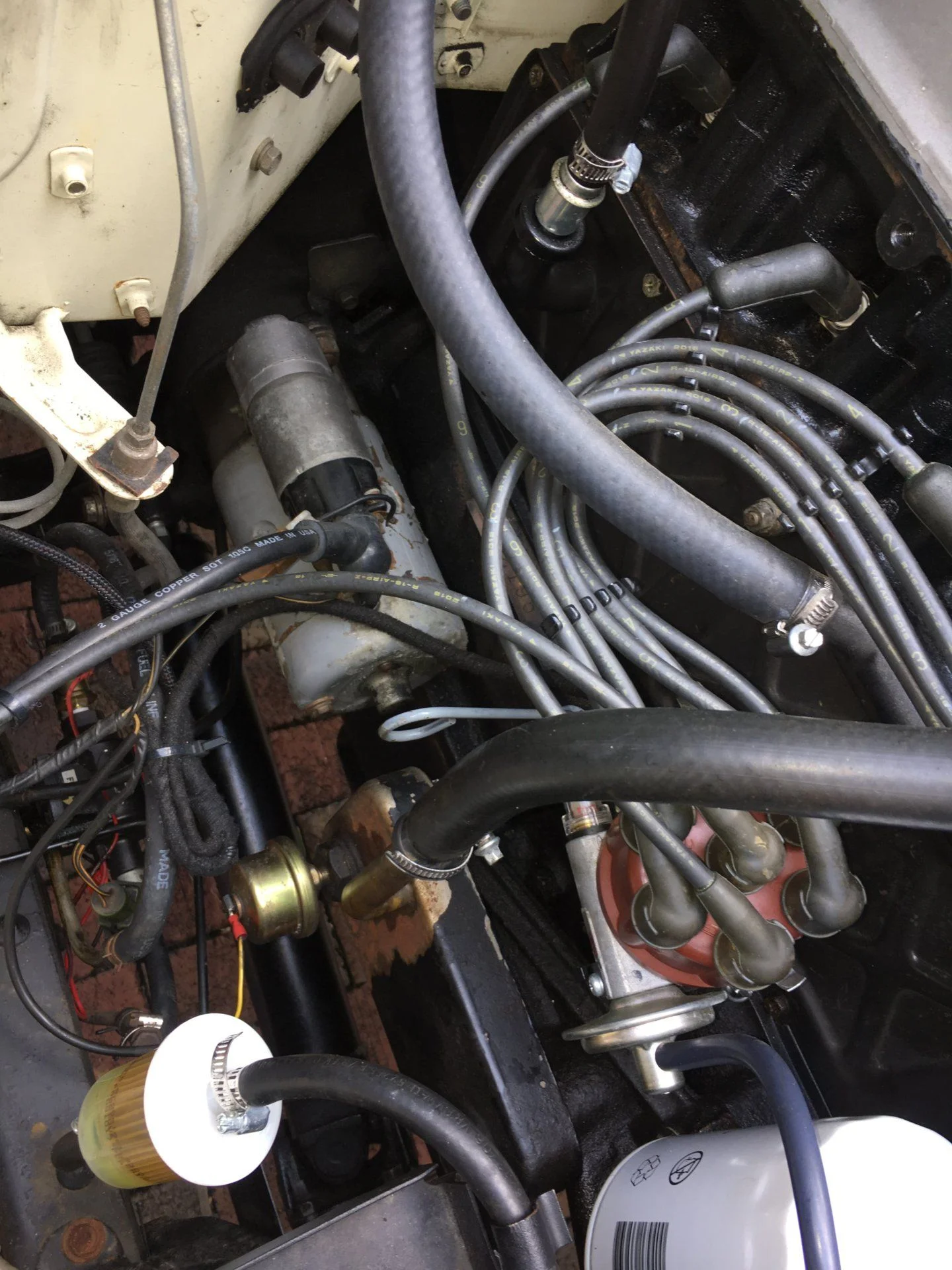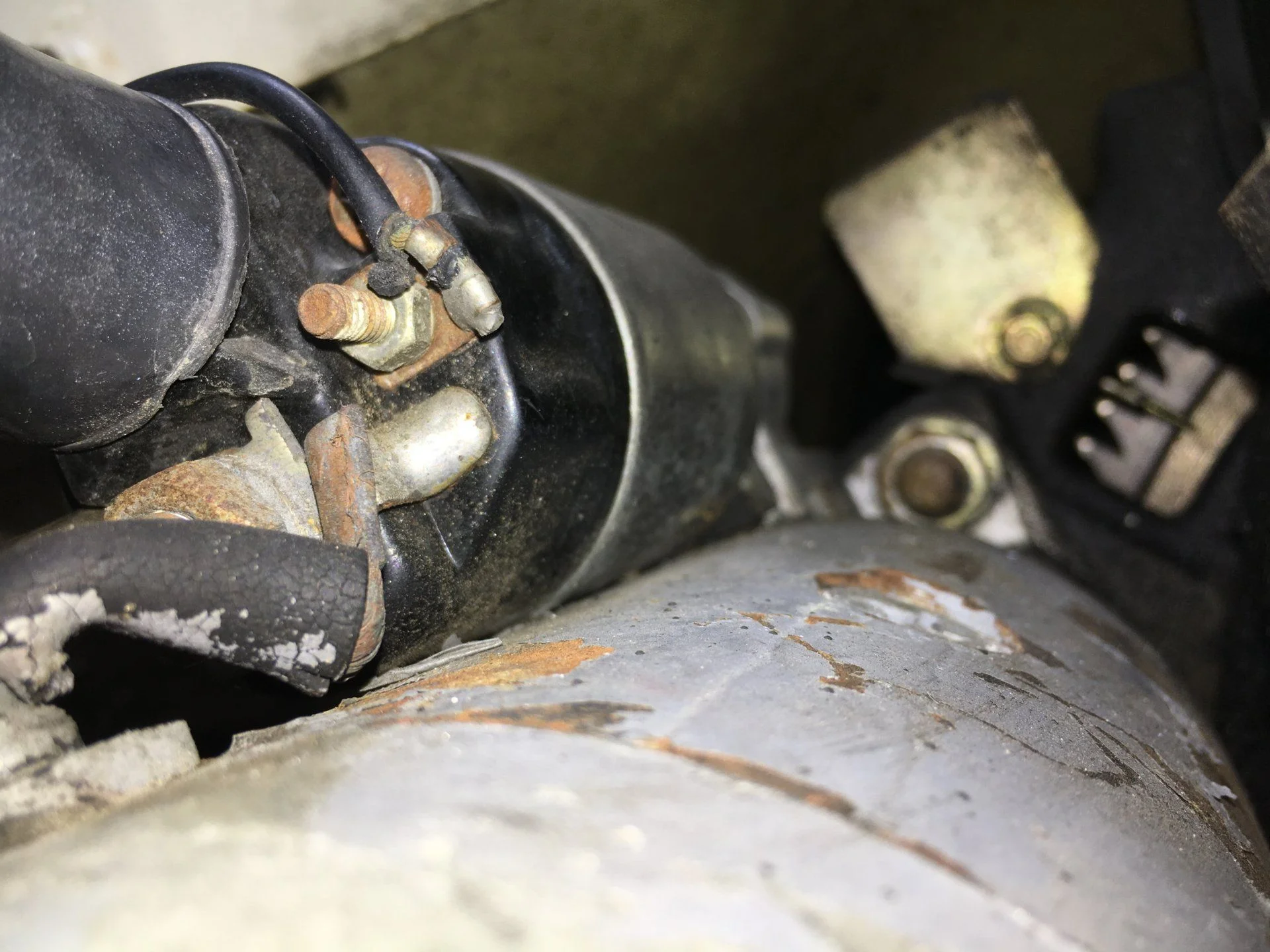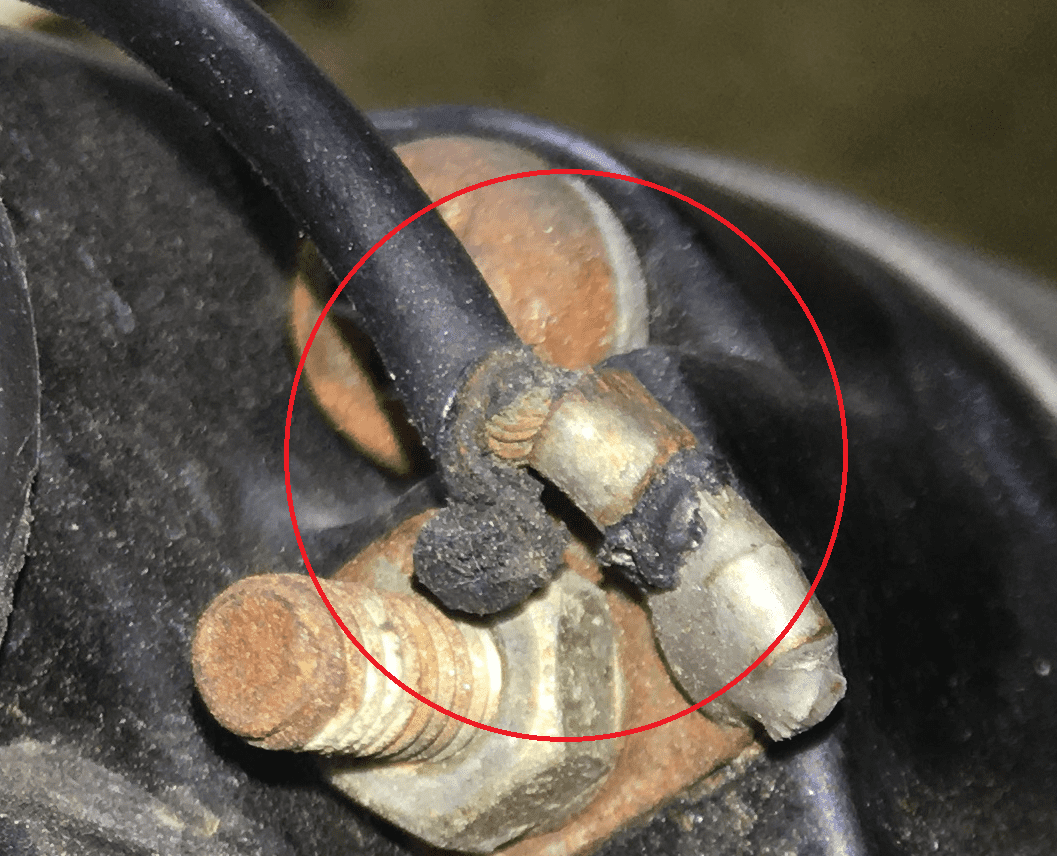- Thread starter
- #21
You have to figure out why it is not turning over fast when hot. Is it lack of voltage or is the starter bad. I guess it is possible that the starter has an issue where it gets hot shorts out and you lose electrical power. When it quits, do other electrical things work? headlights, wipers, heater fan, etc. Is the starter hot as crap when it quits? Check electrical connections at starter, power ground and the little spade connector.
Other possible issue is the engine gets hot and somethings binds. But, if it was fuel or ignition the motor should still turn over just fine. Need to find out why it doesnt turn over when hot.
Honestly, everything under the hood is very hot when it quits. All electrical components still continue to work. Headlights, wipers, fan, etc. That was one of the first things I checked when it would die. I will look at starter threads. Any recommendations on a particular starter? I read sometime back people were going to gear reduction units or 60 series starters. Any insight?



